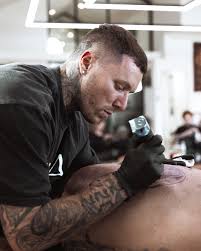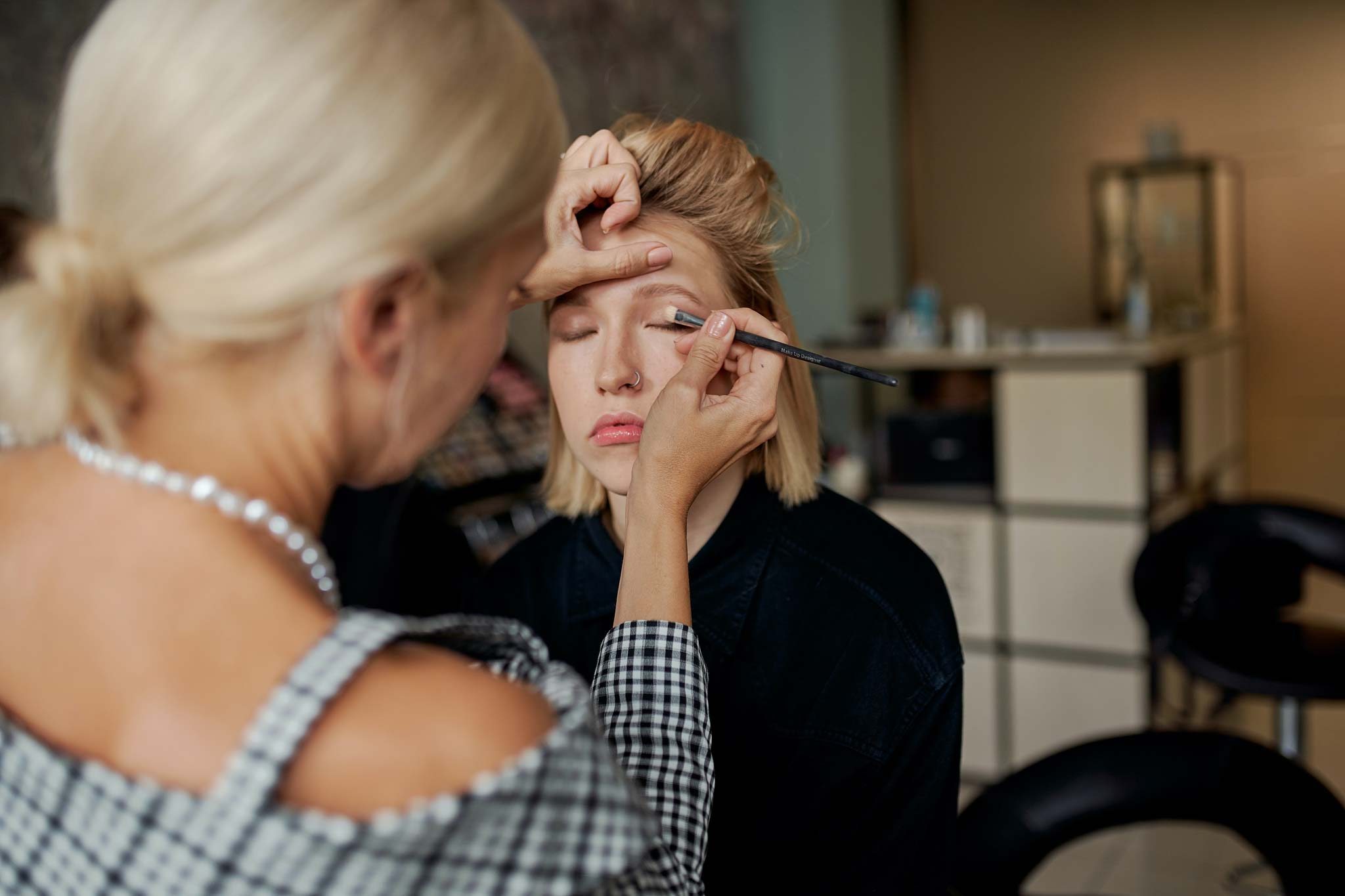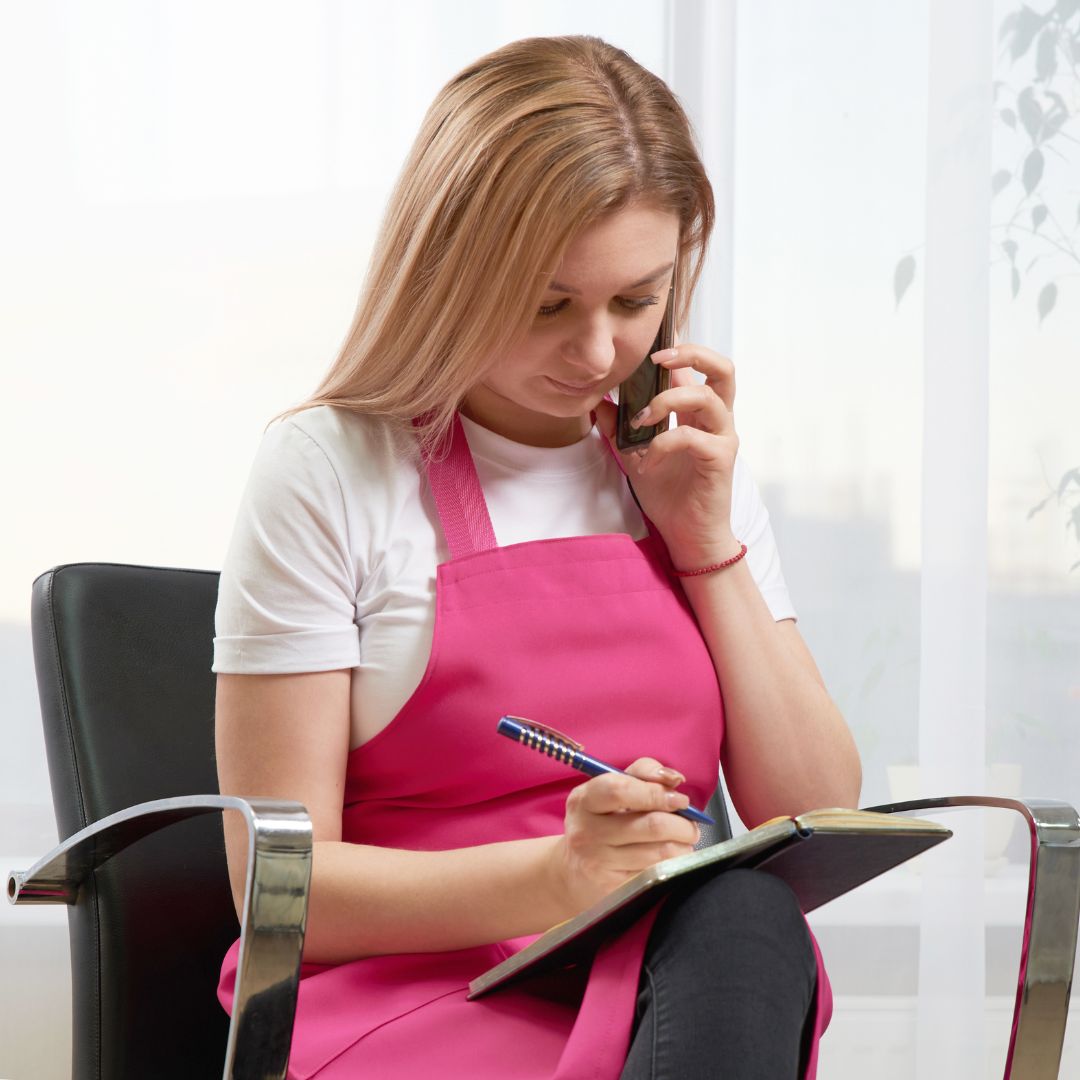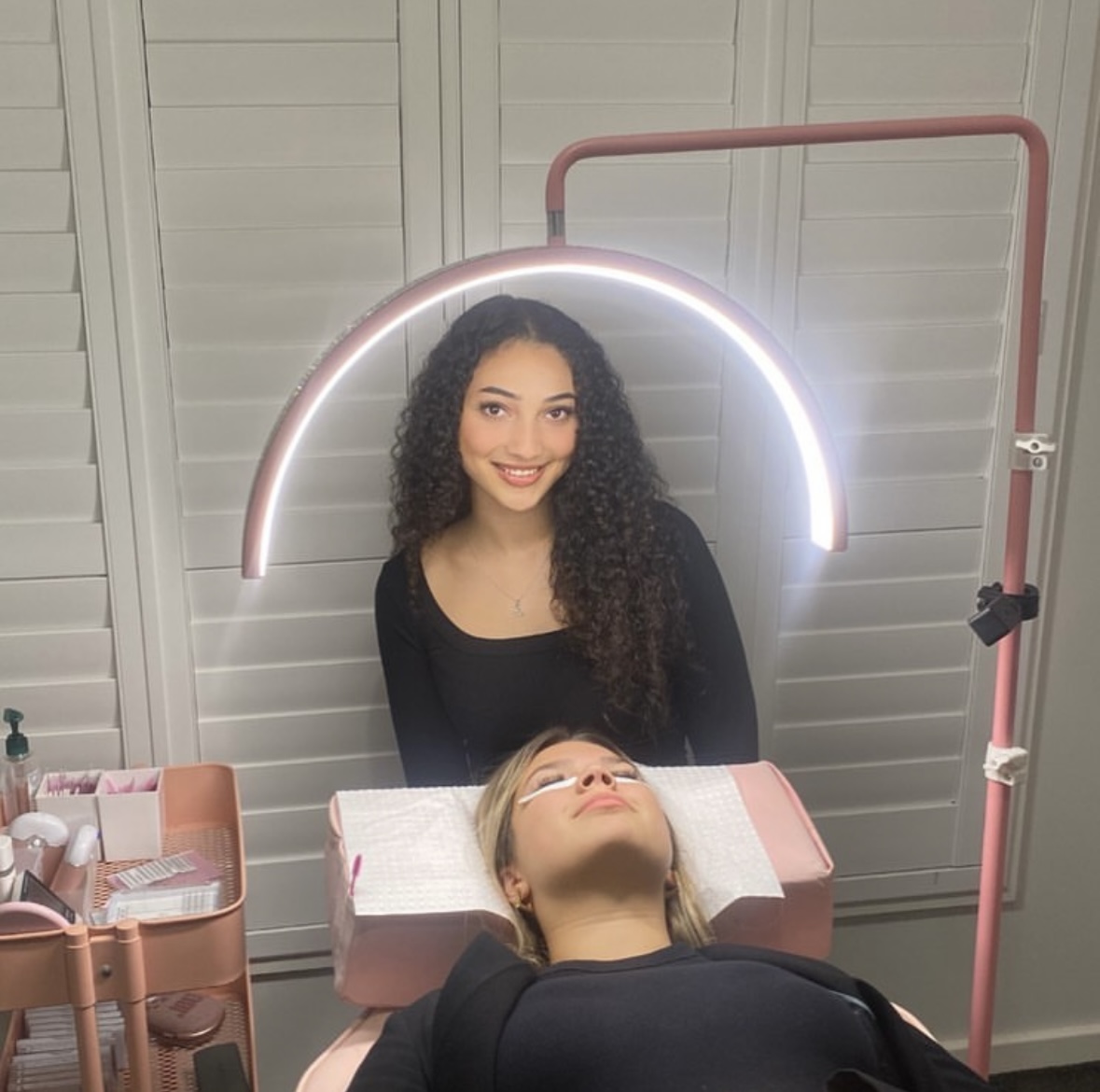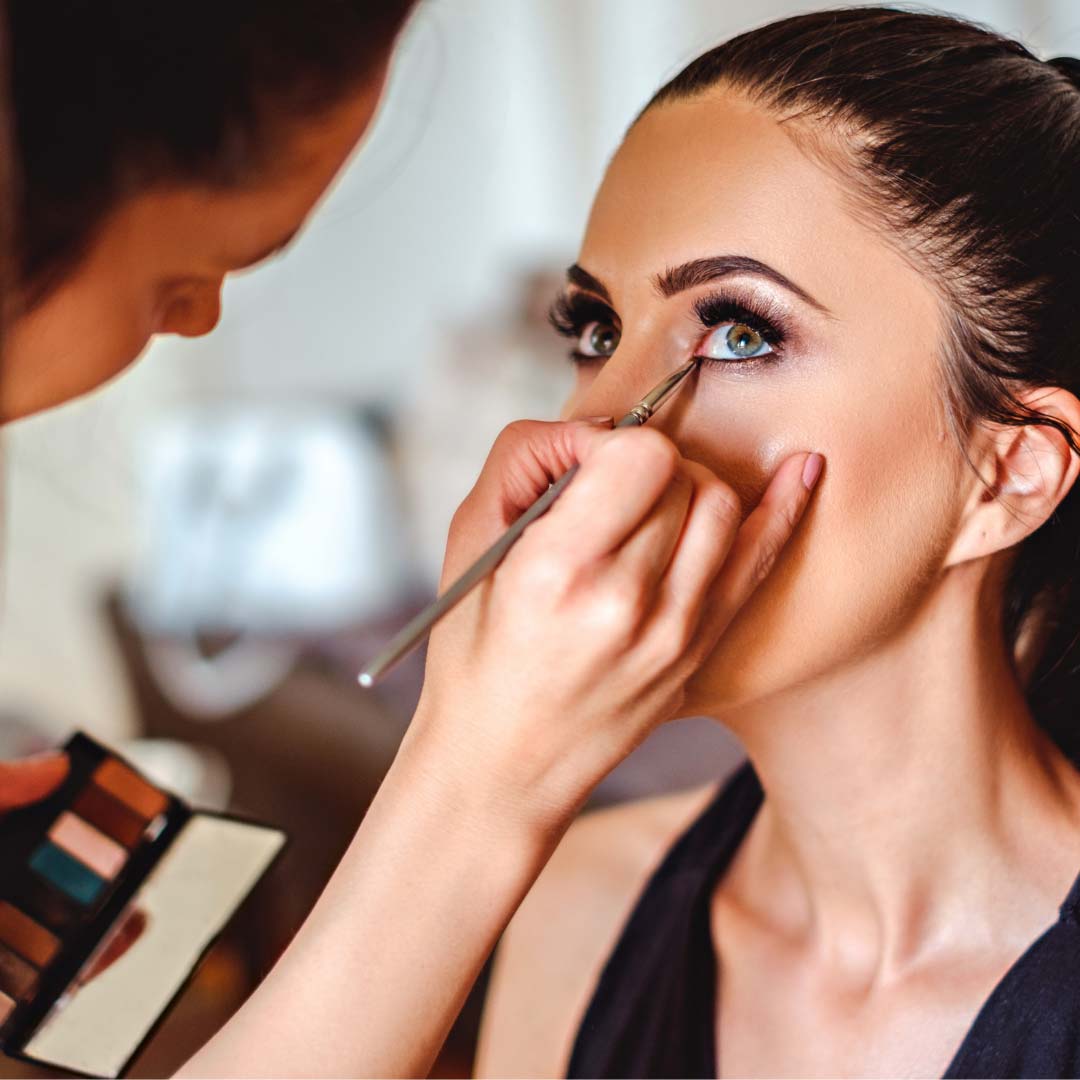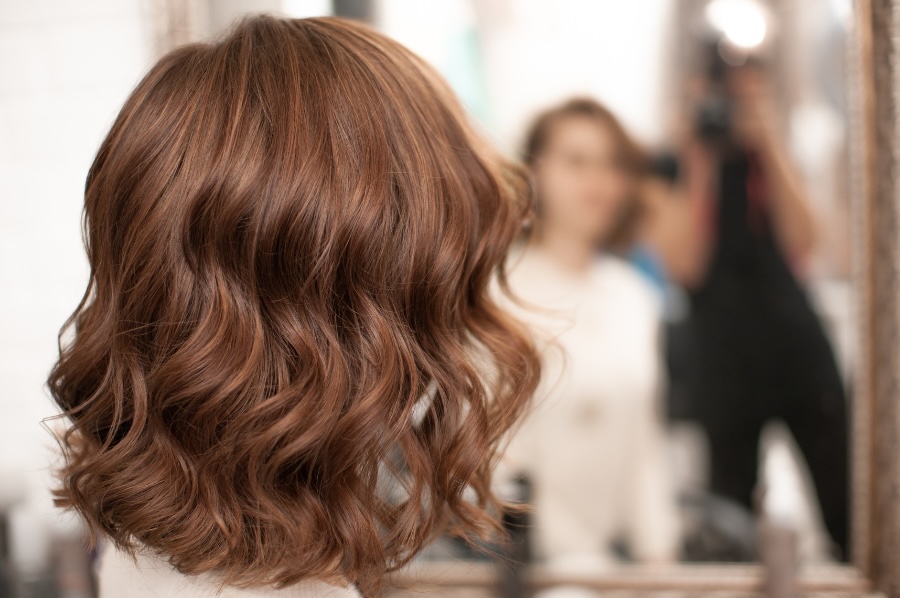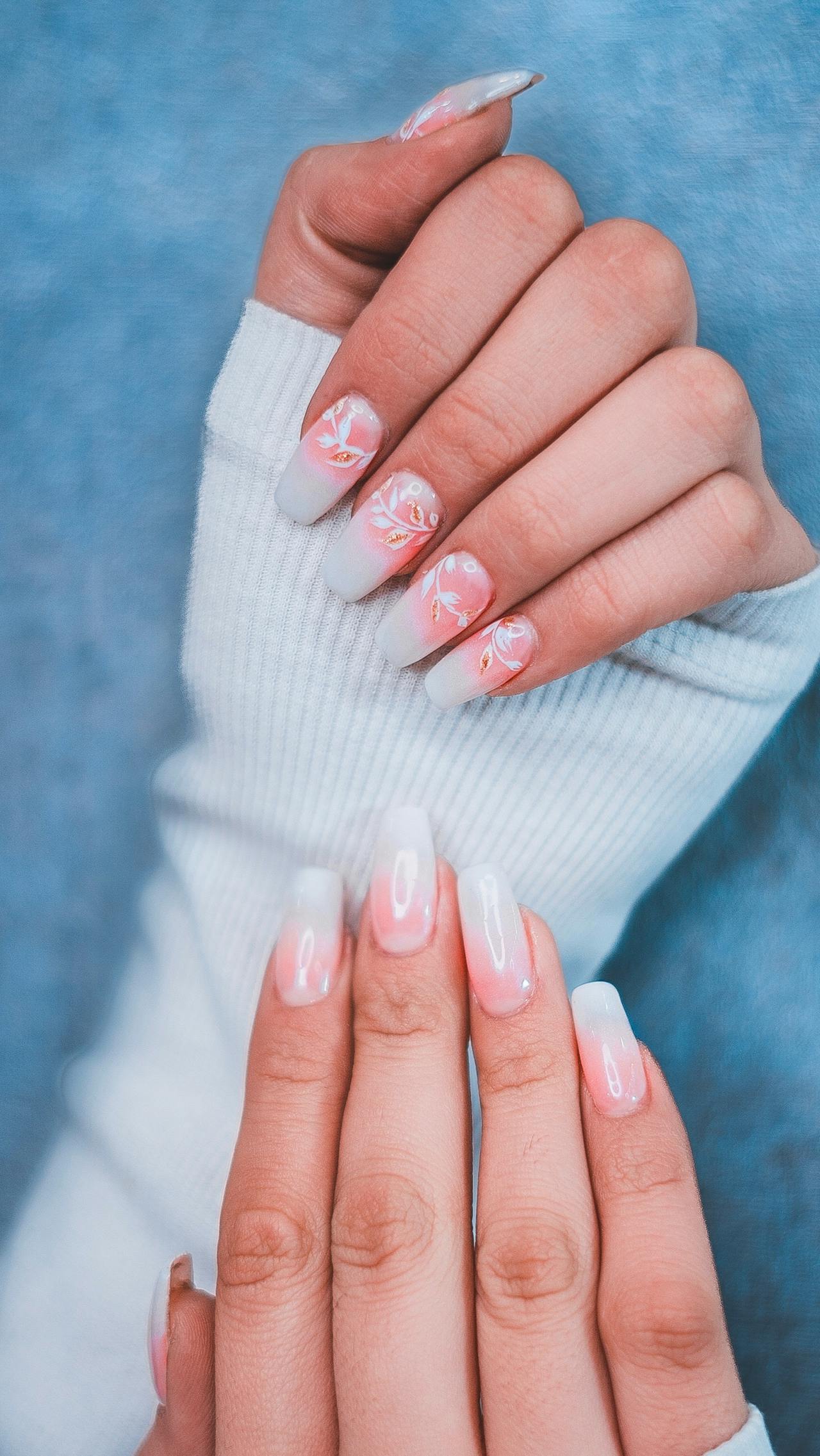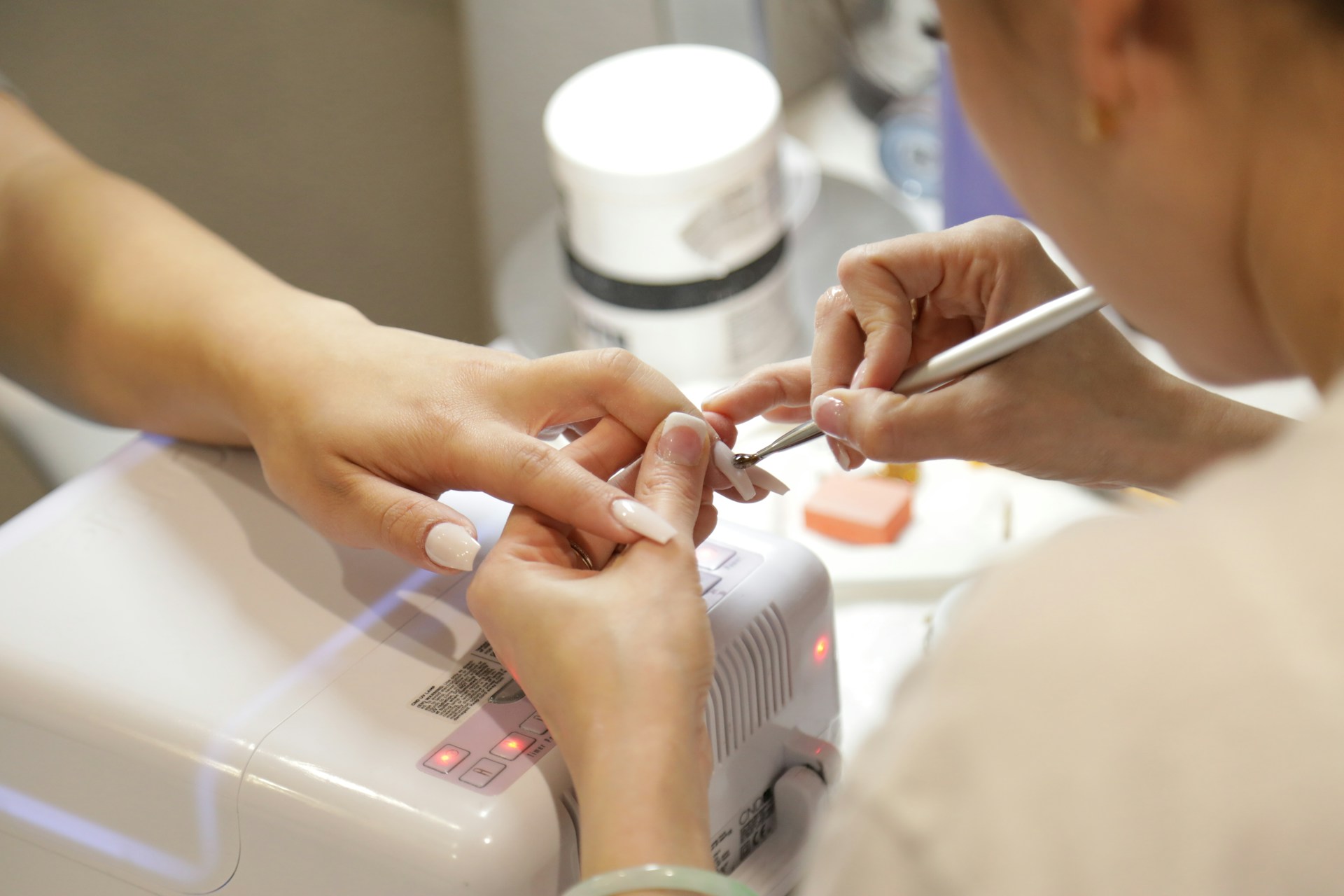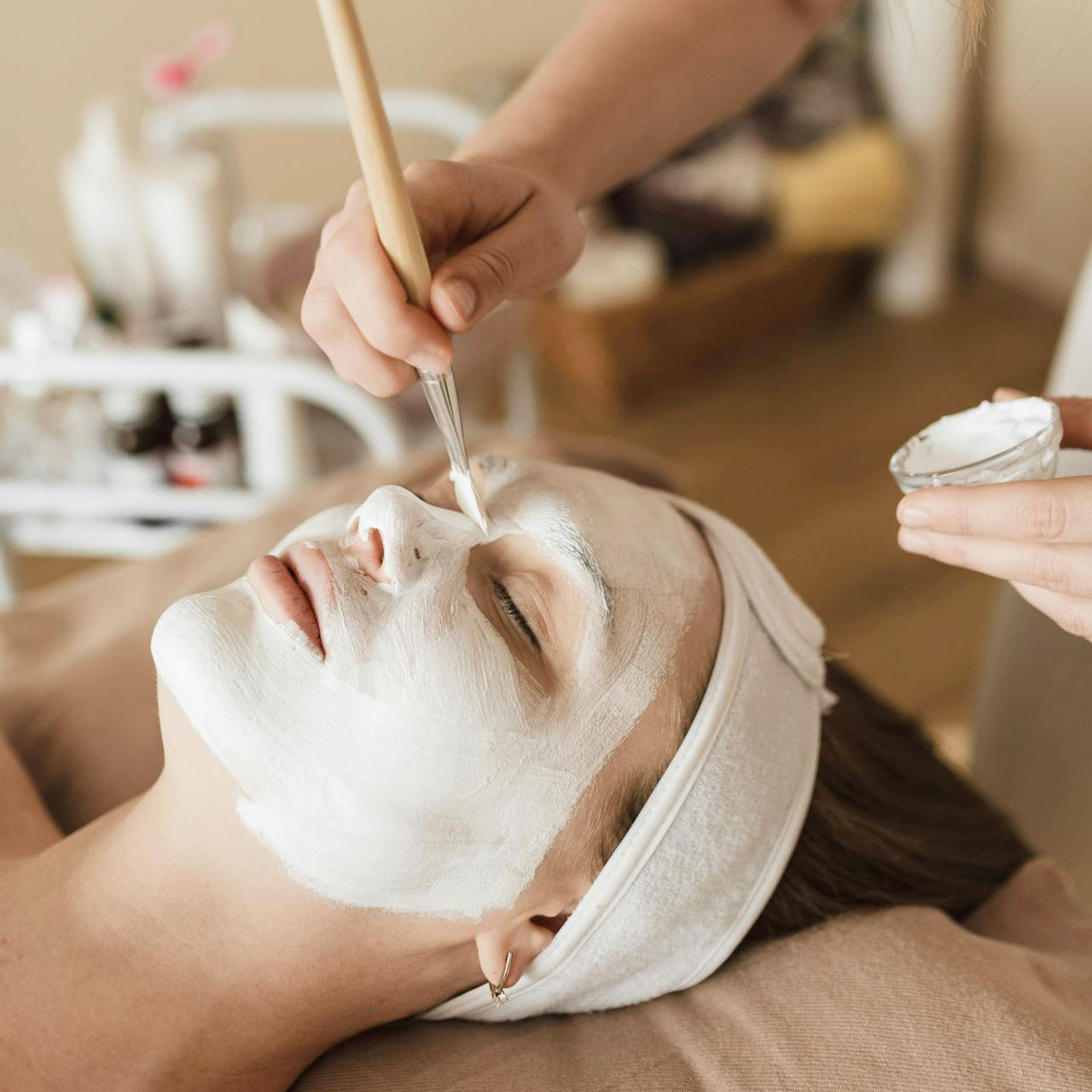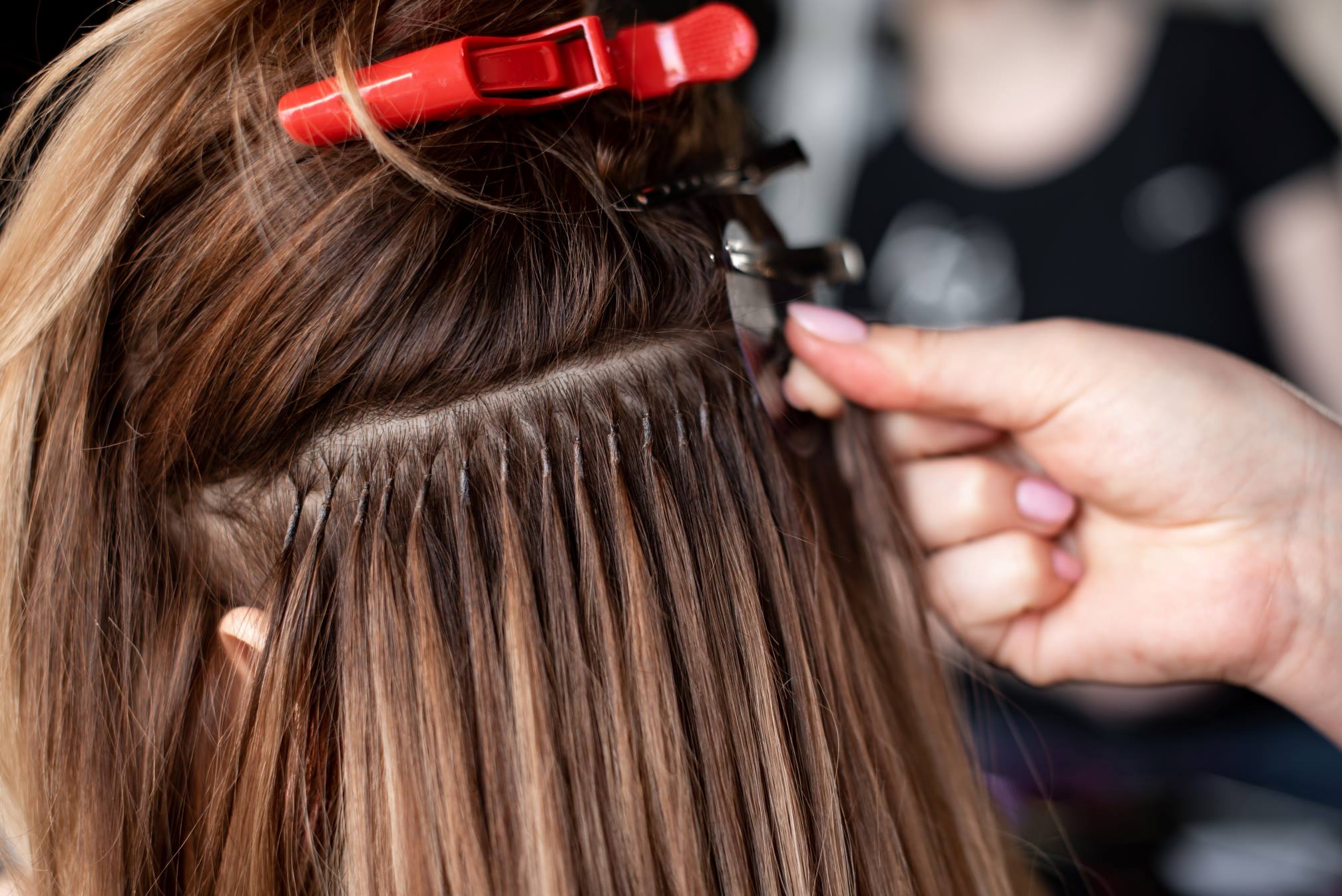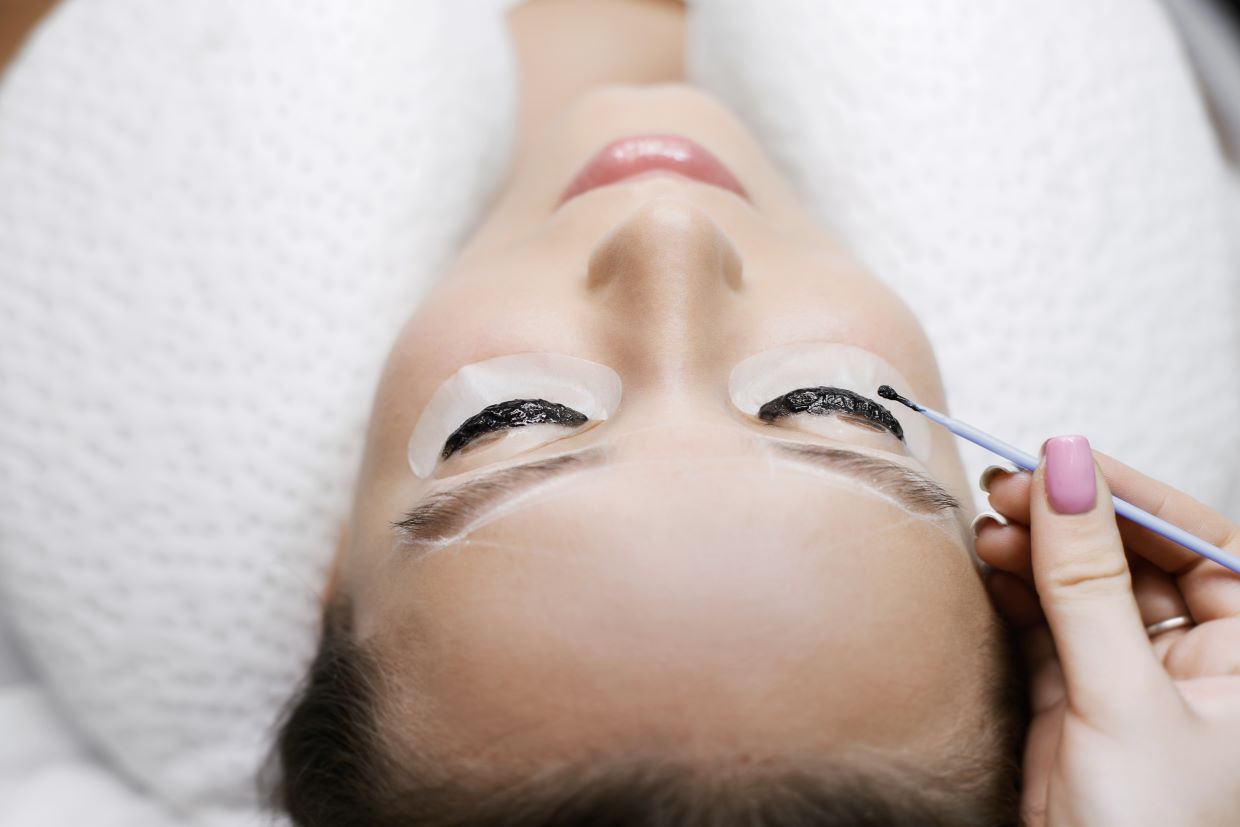In the world of tattooing, talent and creativity will get you noticed, but it’s your commitment to safety and hygiene that will define your career. A beautiful tattoo is worthless if it comes with an infection or health risk. As a professional artist in the UK, you are not just creating art; you are performing a cosmetic procedure that requires an unwavering dedication to clinical-level cleanliness.
At the UK Beauty School, we teach our students that safety is the absolute foundation of their craft. Here are the essential, non-negotiable safety standards every tattoo artist must master.
1. Understanding Cross-Contamination
Cross-contamination is the enemy in a tattoo studio. It’s the invisible transfer of germs from one surface to another. Your primary goal is to create a sterile field and prevent anything non-sterile from touching it.
- The Golden Rule: Once you have put on your gloves and started the tattoo, your gloved hands should only touch the client’s skin and the barrier-wrapped equipment (your machine, wash bottle, etc.). If you need to touch anything else—your phone, a drawer handle, your chair—you must remove your gloves, wash your hands, and put on a new pair. Safety first, second and third!
2. Mastering Your Station Setup and Breakdown
A safe tattoo begins with a sterile station and ends with a thoroughly disinfected one.
- Setup: Before your client arrives, every surface in your workspace (chair, armrest, tray, light) must be sprayed and wiped down with a hospital-grade disinfectant. Afterward, you must cover all these surfaces with single-use plastic barriers.
- Breakdown: Once the tattoo is done, all single-use items (needles, ink caps, paper towels, barriers) must be disposed of properly. Needles go immediately into a certified sharps container. All surfaces must then be disinfected again, ready for the next client.

3. The Importance of Single-Use Equipment
In modern tattooing, almost everything that comes into direct contact with the client or ink should be single-use and disposable. There should be no shortcutting in this area, it’s a cost of business that’s much cheaper in the long run than a customer issue caused by poor cleanliness.
- Needles and Cartridges: Never, ever reuse needles. Every client gets a new, sterile needle or cartridge that is opened in front of them.
- Ink Caps and Ink: Pour a small amount of ink into a new, disposable ink cap for each client. Never dip your needle directly into the main ink bottle, as this will contaminate the entire supply. Any leftover ink in the cap must be thrown away.
- Razors, Gloves, and Wipes: These items are all single-use and must be disposed of after each client.
4. Sterilization vs. Disinfection
It’s vital to know the difference.
- Disinfecting reduces the number of germs on a surface (e.g., wiping down your chair).
- Sterilizing kills all microscopic life. Any reusable equipment that comes into contact with blood, like steel tubes or grips (if not using disposable ones), must be cleaned and then sterilized in an autoclave—a machine that uses high-pressure steam. Regular validation and spore testing of your autoclave are required by the UK health authorities.

Your Career is Built on Trust
Clients choose an artist based not just on their portfolio, but on their professionalism and the cleanliness of their studio. They are placing immense trust in you to protect their health. Breaching that trust with unsafe practices can lead to serious infections, legal trouble, and the end of your career.
Learn to tattoo the safe way, the professional way. Our tattoo courses at the UK Beauty School provide rigorous, hands-on training in the health and safety standards required to work in the United Kingdom. Enrol today and build your career on a foundation of safety and trust.
